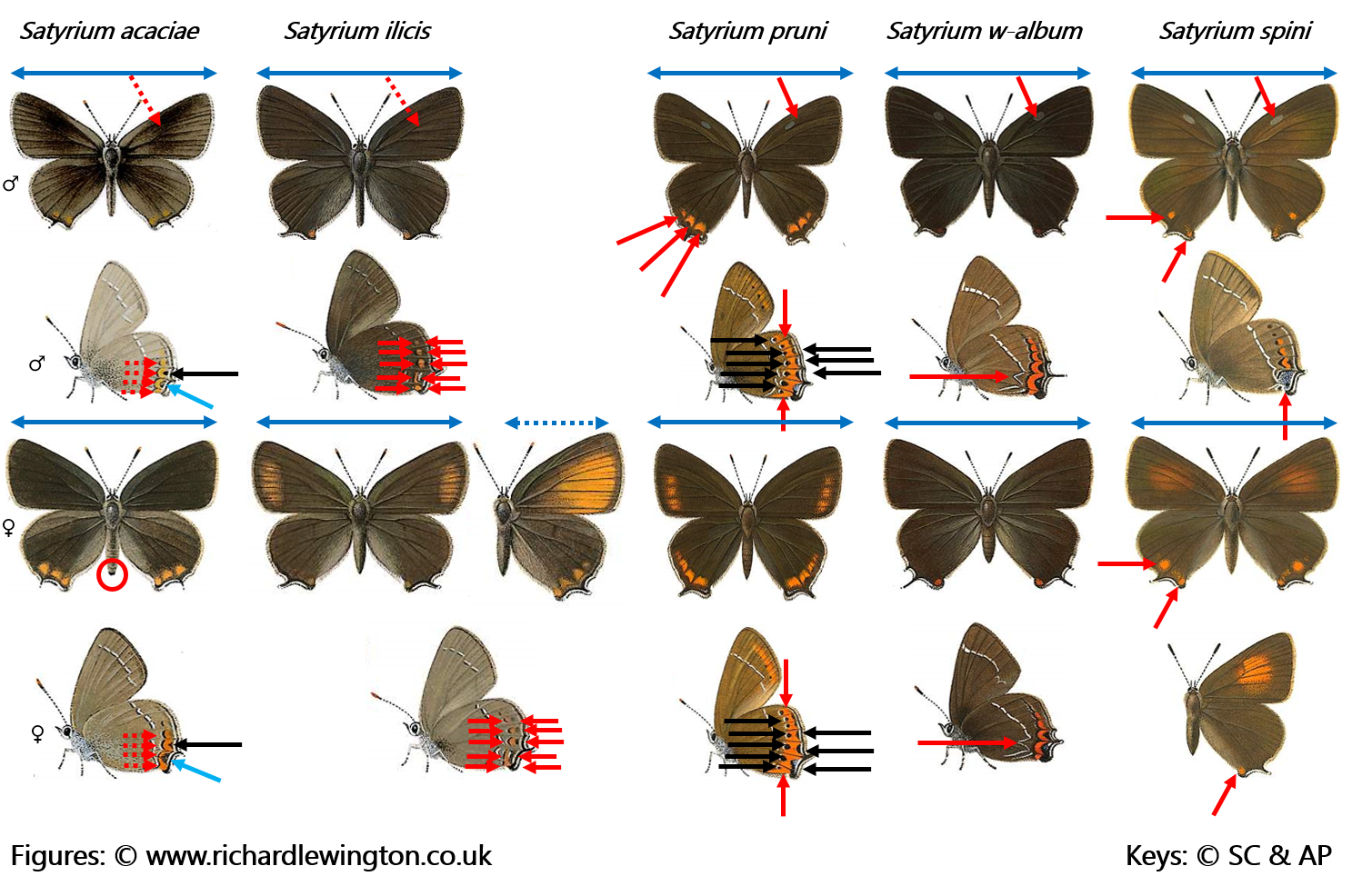|
Satyrium spini / Blue-spot Hairstreak
Bishtakja e kulumbrisë
Lycaenidae - Theclinae
Satyrium spini ([Denis & Schiffermüller], 1775). TL: Vienna.
 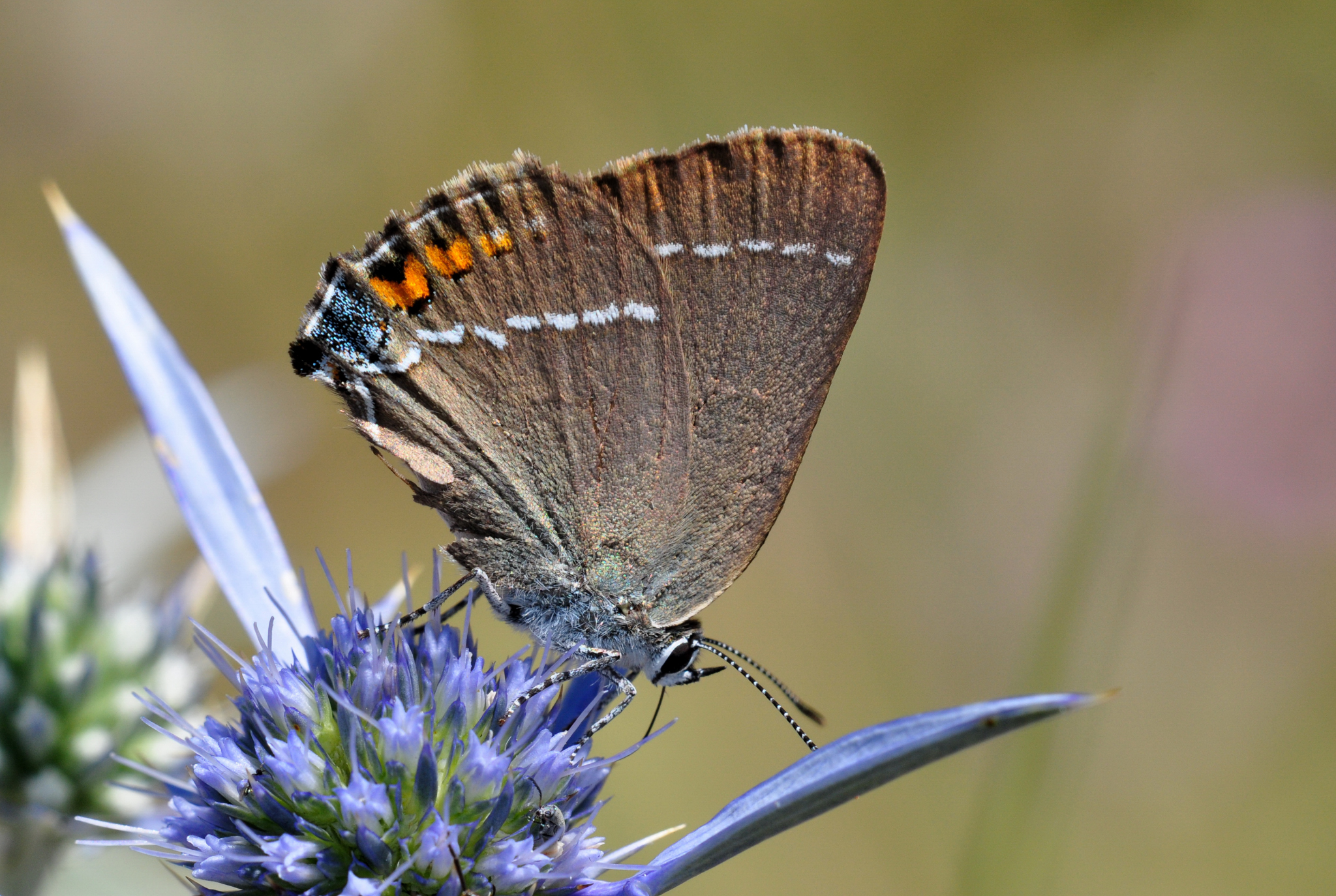
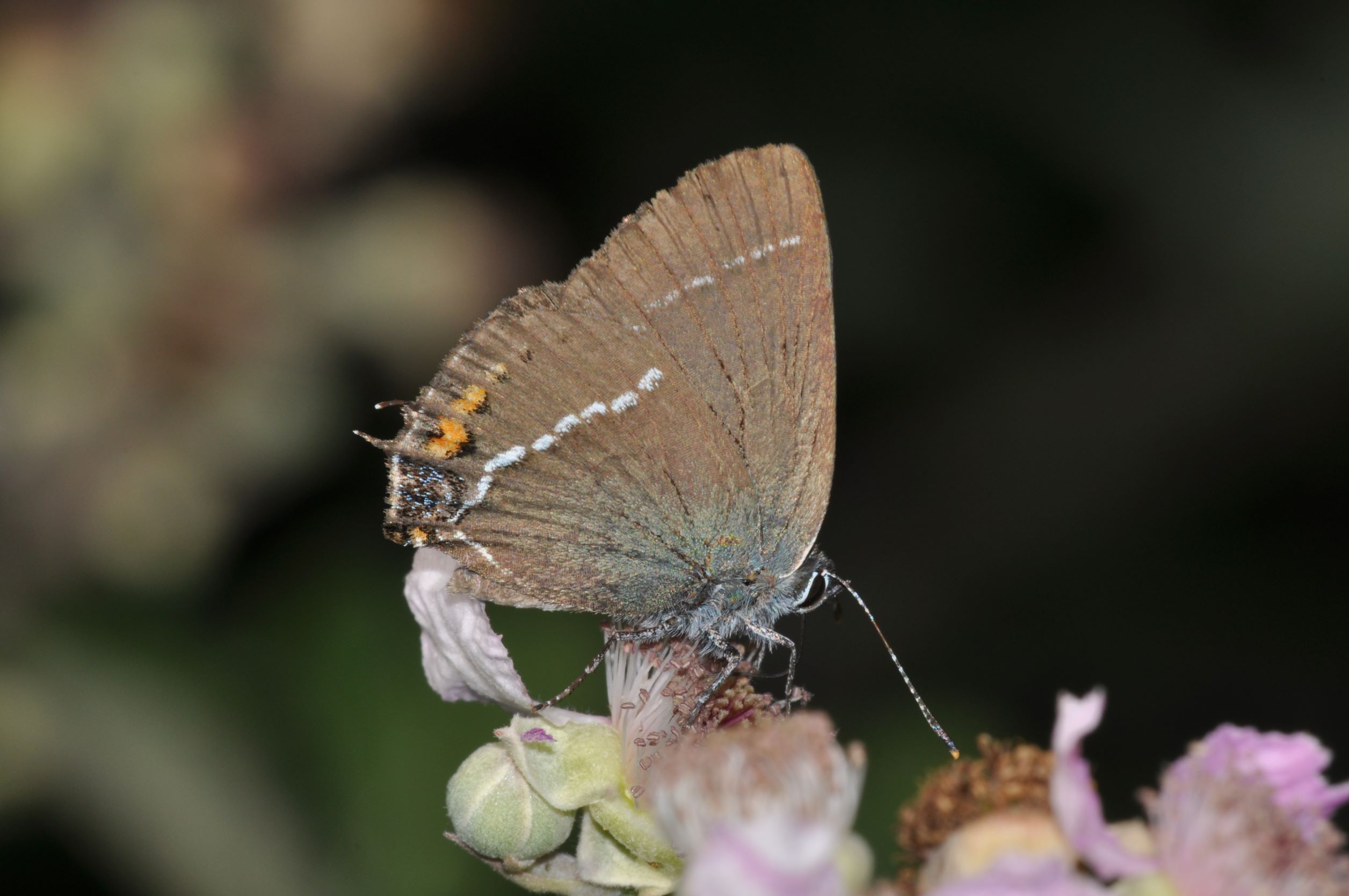 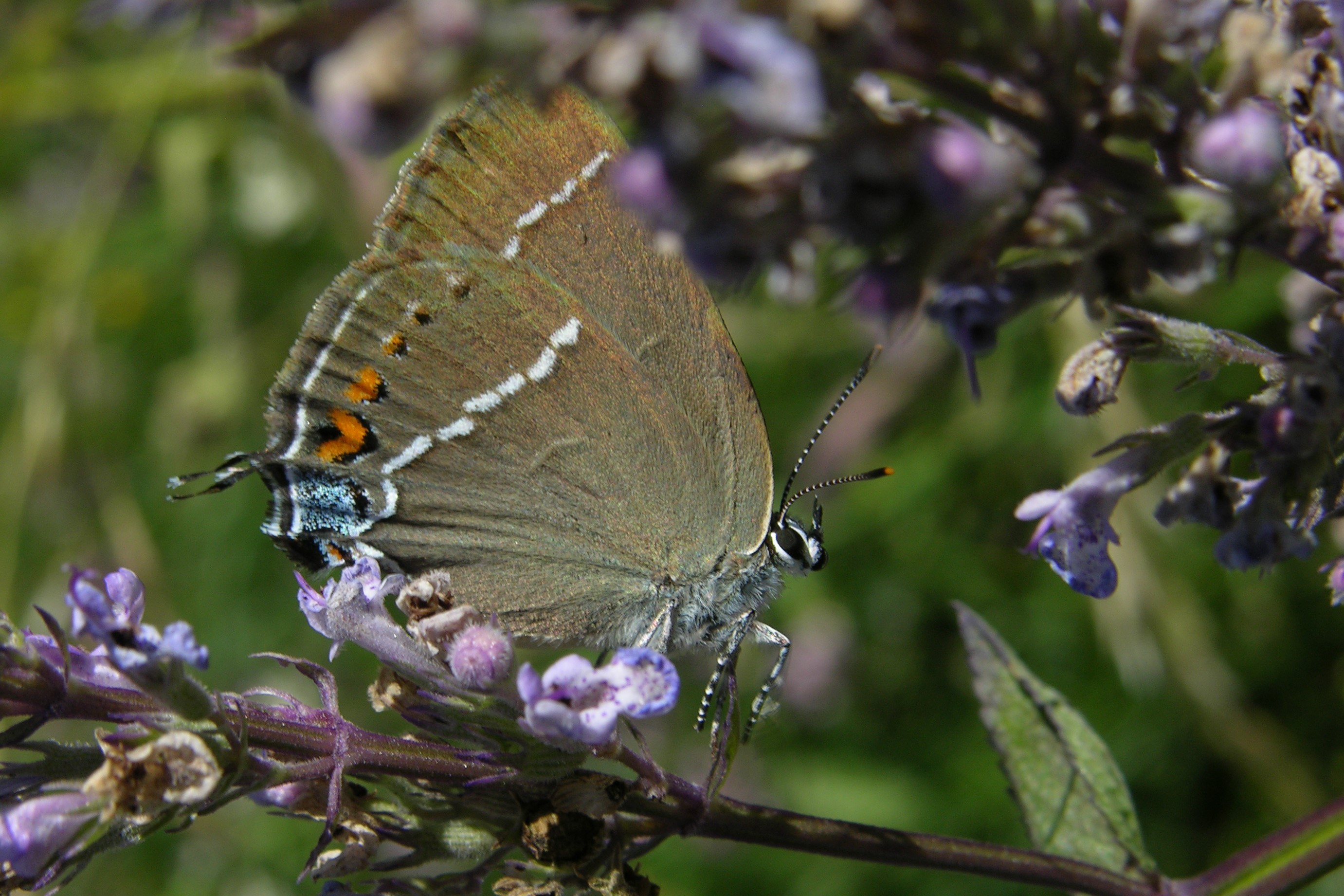 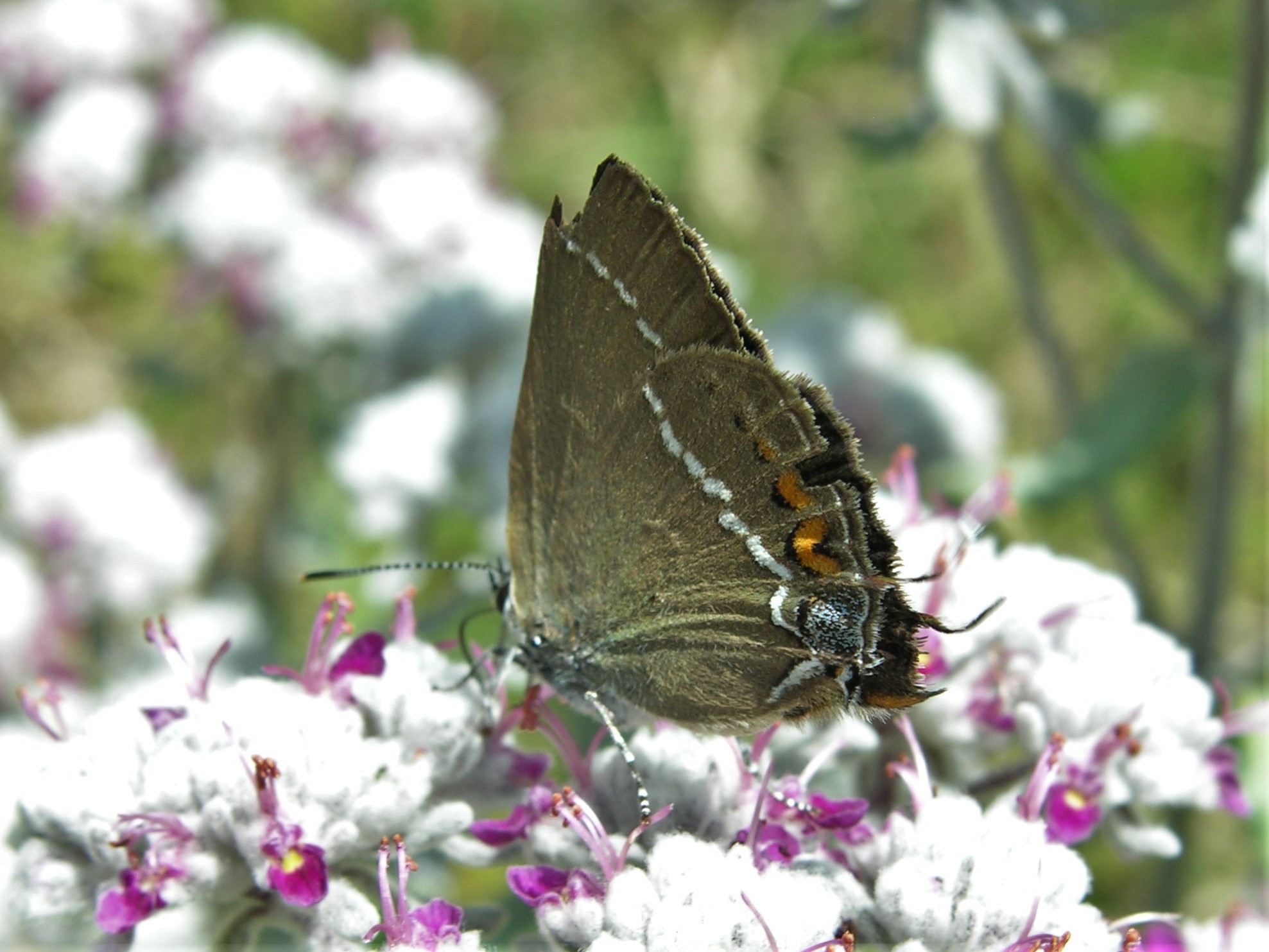
1a. Satyrium spini, distribution map (09.i.2025).  Historical data ; Historical data ;  Additional data from the 2018 update ; Additional data from the 2018 update ;  New observations since the 2018 update. New observations since the 2018 update.
1b. Satyrium spini ♂ underside. Greece (© Sylvain Cuvelier)
1c. Satyrium spini ♂ underside. Lekas, Albania (© Sylvain Cuvelier)
1d. Satyrium spini underside. Albania (©Lulëzim Shuka)
1e. Satyrium spini nectaring on Teucrium polium. Albania (© Lulëzim Shuka)
Description
♂♂
Small butterfly. Fw: 14-16 mm.
Hw: short tail on v2.
Ups: dark brown gc (if fresh)
Upf:
small oval sex-brand, rarely with orange discal flush.
Uph: small orange submarginal spot at anal angle and often in s2.
Uns: paler brown-greyish gc, white postdiscal line (rarely bordered with some faint black scales) on fw and hw.
Unh: conspicuous shining blue mark at anal angle, few relatively small orange submarginal lunules.
♀♀
Slightly larger.
Hw: short tail on v2.
Ups:dark brown gc (if fresh)
Upf: often with faint orange discal mark.
Uns: paler brown gc, markings better defined.
Similar species
Life cycle
Adults: single generation from May to August depending on altitude.
Egg: overwintering on a twig of the foodplant.
Caterpillar: 35-41 days.
Pupa: 19-22 days.
Habitat
Satyrium spini inhabits warm rocky slopes in sheltered areas with scattered bushes from 500 up to 2000 m a.s.l.
Spatial requirment modest, population density moderate.
Foodplants
Caterpillars feed mainly on Rhamnus cathartica, also mentioned are Frangula alnus, Paliurus spina-christi, other Rhamnus sp. and Prunus sp.
Butterflies feed on honeydew and nectar of small flowers or flowers with superficial honey glands.
Distribution
Albania: widespread in the mountains.
Balkan: AL - BG - BIH - GR - HR - NMK - MNE - RKS - RO - SLO - SRB
Europe: IB - IT - ALP - BAL - NWE* - UK - SCA - EEU
Asia Minor, Near East, Transcaucasia, Caucasus and further east.
Conservation status
Satyrium spini is not endangered.
Albanian Red List: NE.
IUCN Red List, category at the Mediterranean level: LC.
Useful links
Bink 2015
Pyrgus.de
Lepiforum
Euroleps
|
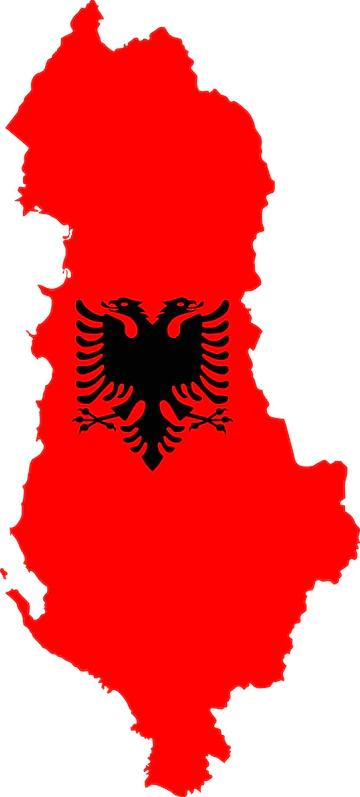 xx
xx 


 Historical data ;
Historical data ;  Additional data from the 2018 update ;
Additional data from the 2018 update ;  New observations since the 2018 update.
New observations since the 2018 update.